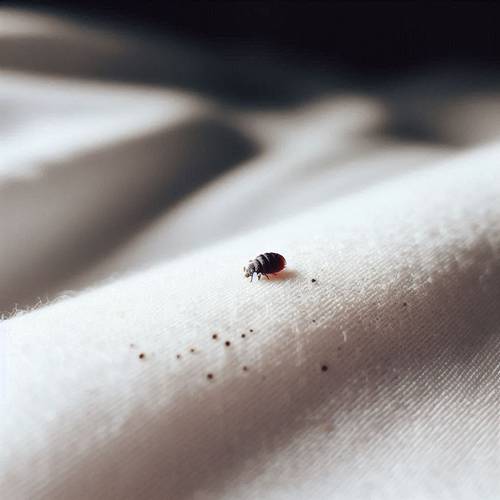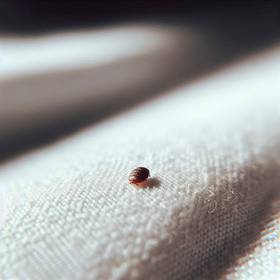Color and Texture of Bed Bug Feces
Bed bug poop vary in color and texture, typically appearing as dark spots or streaks on surfaces. The color ranges from reddish-brown to black, depending on the bug's diet and the surface it's found on. The texture is often granular or powdery, similar to ground coffee or pepper. Identifying these characteristics can help distinguish bed bug droppings from other stains, aiding in the early detection of infestations.
Size and Shape of Bed Bug Droppings
Bed bug droppings are typically small and oval-shaped, resembling tiny dark spots. They are about 1-2 mm in size, similar to a grain of salt or pepper. The color can range from dark brown to black, depending on the bug's diet and age. Identifying these droppings is crucial as they indicate a bed bug infestation. Regular inspection of mattresses, furniture, and bedding for these distinct droppings can help detect and address infestations early.



